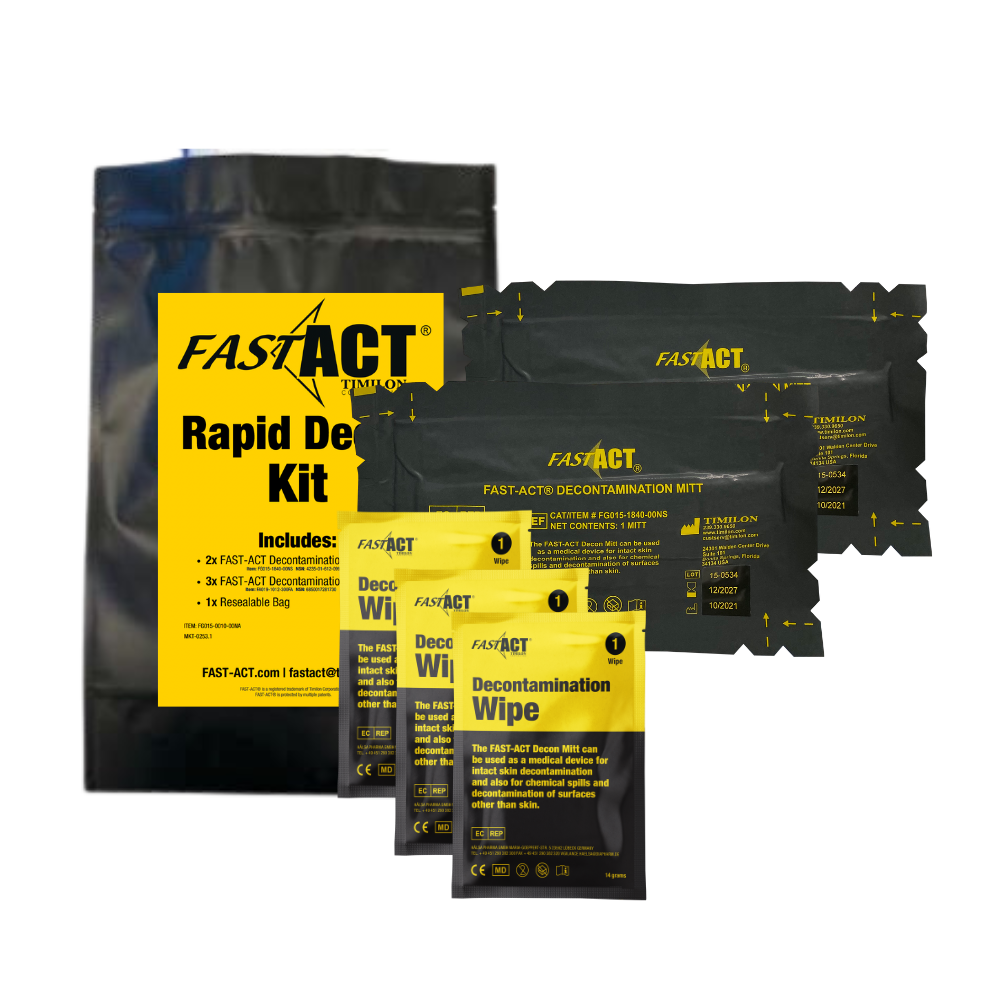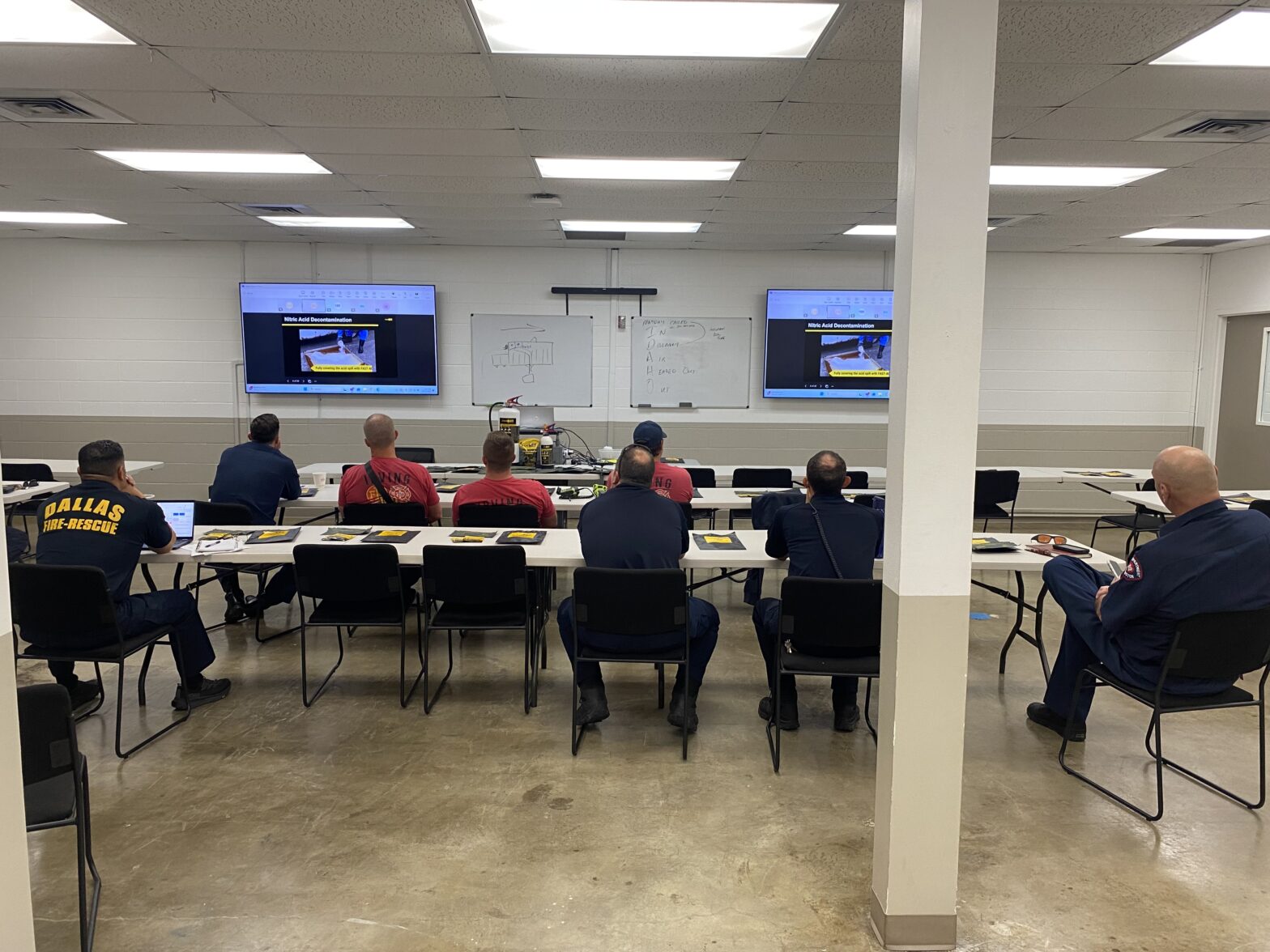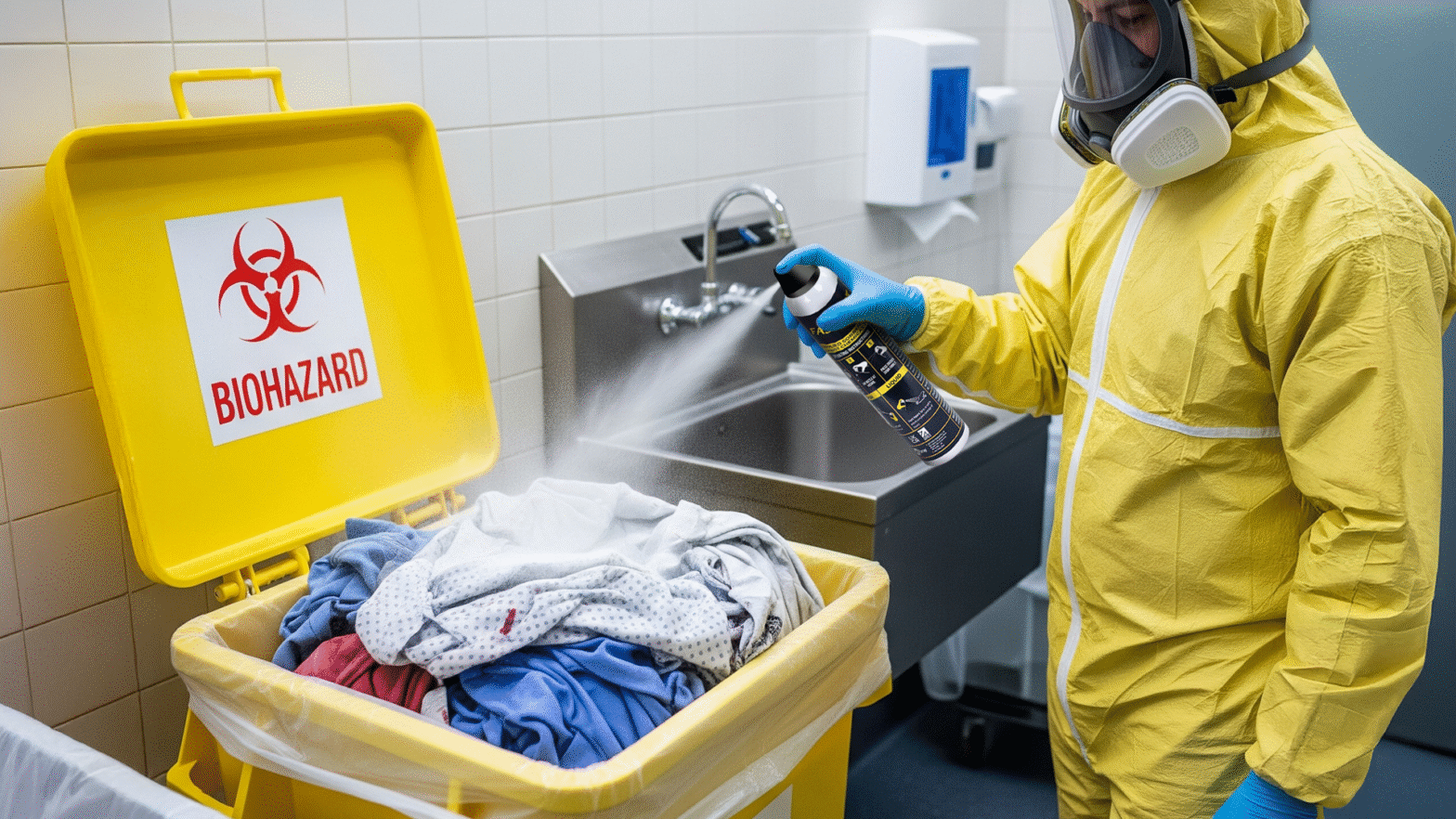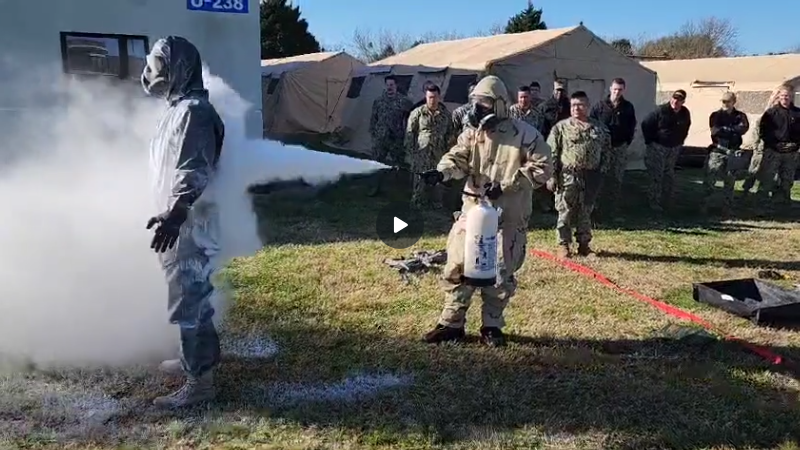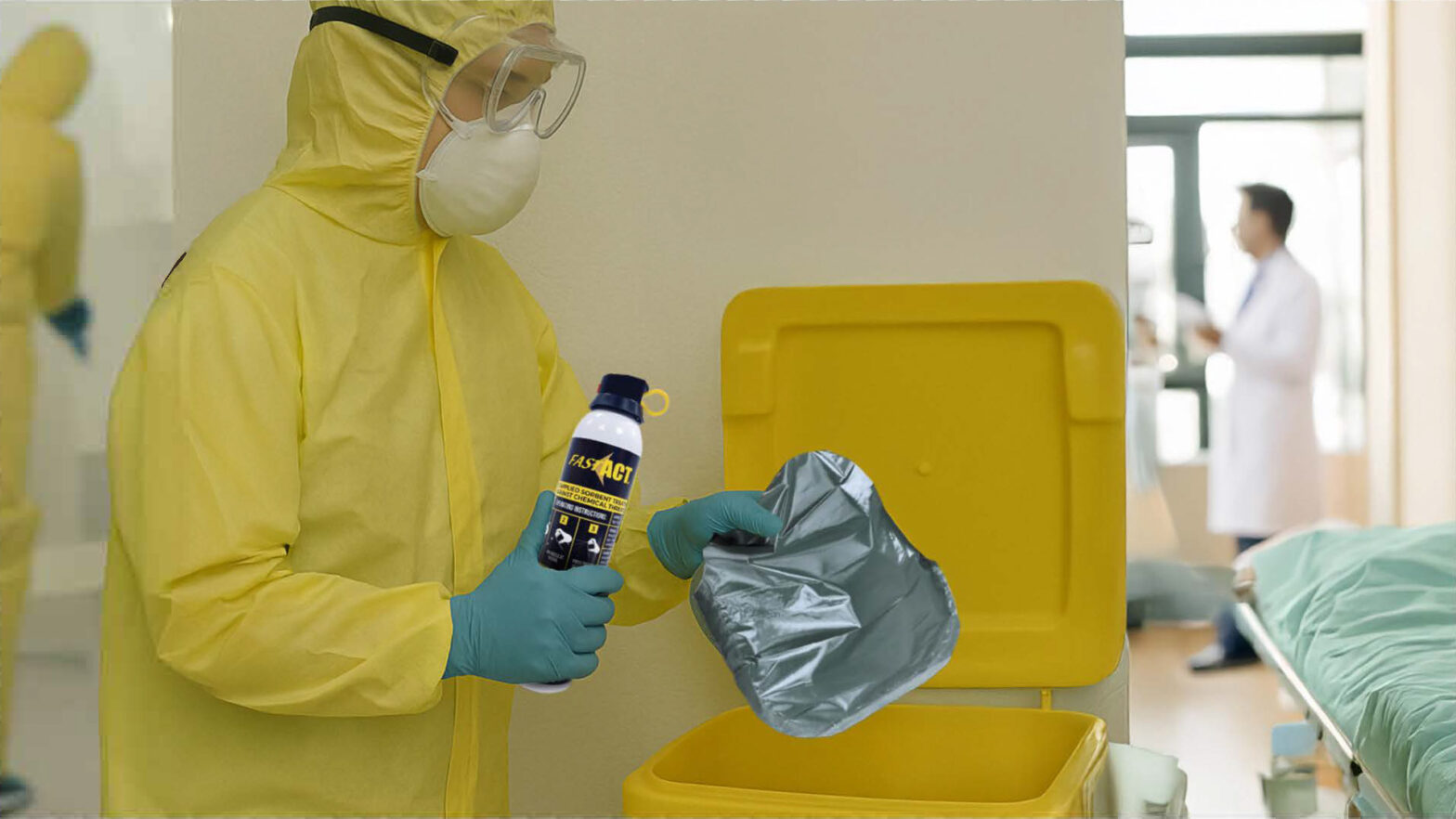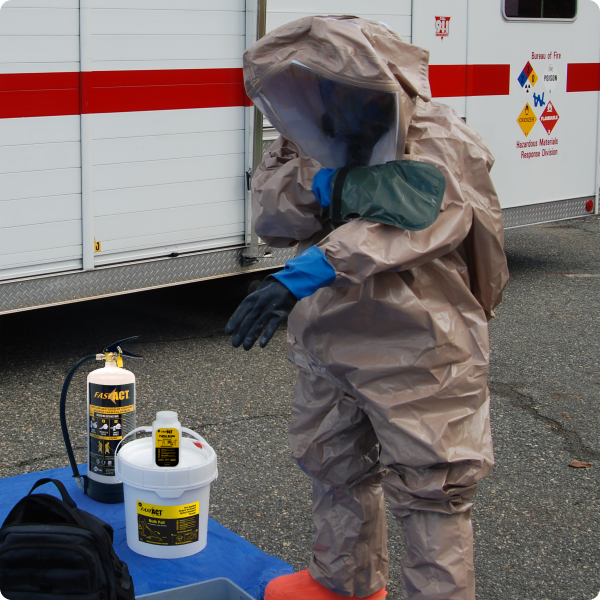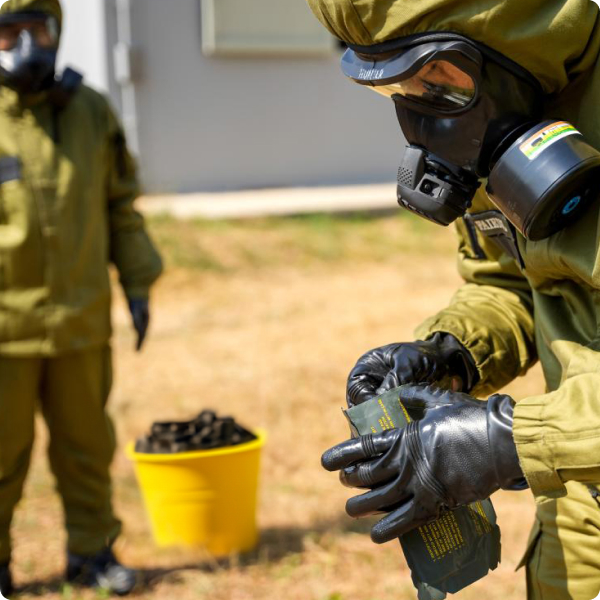FAST-ACT is proud to announce its recent success in securing a tender with the Ministry of Interior (MoI) in Croatia for specialized decontamination equipment.
Tag: FAST-ACT dry decon powder
FAST-ACT Dry Decontamination Demo Strengthens Chemical Response Readiness in Dallas, TX
FAST-ACT conducted a live dry decontamination demonstration with the Dallas Fire Department and multiple Dallas-area agencies, showcasing how first responders can rapidly and safely neutralize chemical threats using FAST-ACT technology.
Securing 2026 Mega-Event Dry Decontamination Procedures: Why Chemical Decontamination Must Be Part of the Playbook
This blog will explain the scale and stakes of these events, highlight why chemical decontamination and decontamination methods are essential to safety, and reaffirm how FAST-ACT’s solutions merge with personal protective equipment (PPE) and multiagency workflow to deliver readiness, efficiency, and confidence.
Hospital Dry Decontamination: A Faster, More Efficient Approach to Emergency Response
During a mass casualty incident involving chemical agents or hazardous materials, every second counts. Hospitals must act quickly to protect patients, staff, and infrastructure while maintaining operations within the hospital environment. Traditional wet decontamination systems, which rely on large volumes of water and extended setup, can slow down an emergency response when speed is critical. … Continue reading Hospital Dry Decontamination: A Faster, More Efficient Approach to Emergency Response
FAST-ACT’s Hospital SOP: Advancing Chemical Decontamination Preparedness
In this blog, we will cover the essential steps of the FAST-ACT hospital SOP, explain how the FAST-ACT Pressurized Cylinders, FAST-ACT Decontamination Mitts, and FAST-ACT Decontamination Wipes are applied, and highlight the supporting science behind these hospital-focused decontamination protocols.
The Shift Toward Dry Decontamination: Funding, Adoption, and the Future of CBRN Preparedness
In this blog, we’ll examine why dry decontamination is gaining momentum, highlight Europe’s leadership and funding efforts, and explore how global organizations—including FAST-ACT—are adopting these solutions to strengthen preparedness for CBRN threats. standard.
Inside the Protocol: A Hospital SOP for Dry Chemical Decontamination
In the face of chemical incidents, hospitals are often the first point of contact—before any decontamination protocols have been applied. For regional emergency department staff, this poses immediate risks: volatile chemicals, systemic toxicity, and potential secondary contamination that could impact both patients and staff. A fast, reliable, and adaptable protocol becomes essential.
Not All Dry Decontamination Is Created Equal: What to Look for in a Real Solution
Not all dry decontamination tools perform the same. Some are built to absorb or contain, while others are designed to neutralize the threat entirely. If your team is deciding between dry options, here’s what to know before making the call.
Global Events, Global Risks: Why the 2026 World Cup Demands More Than Traditional Security
The FIFA World Cup is more than a sporting event—it’s a global spectacle drawing millions of fans into high-density, high-energy environments. While this celebration of international unity captivates the world, it also introduces real and growing risks: from crowd control challenges to the silent but severe threat of chemical, biological, radiological, nuclear, and explosive (CBRNE)… Continue reading Global Events, Global Risks: Why the 2026 World Cup Demands More Than Traditional Security
Exclusive Webinar: Ensuring Personnel Safety – Dry Decontamination for Crowd Control Operations
Join us Tuesday, July 22, 10:00–11:00 AM EST for the FAST-ACT Webinar Event on Ensuring Personnel Safety: Dry Decontamination for Crowd Control Operations.

